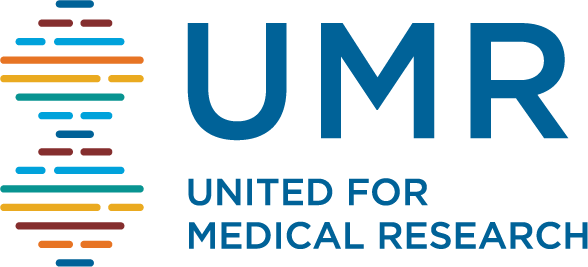
July 24, 2013
Summary
In the wake of drastic sequestration cuts that have flat lined funding for medical research, this report highlights a diverse range of innovative life science companies large and small who trace their core advances to National Institutes of Health (NIH) funding.
Profiles of Prosperity: How NIH-Supported Research is Fueling Private Sector Growth and Innovation features 10 companies that evolved from NIH-funded research, from freshly minted firms in the early stages of testing to biotech giants that produce crucial medical devices and employ thousands. The report also sheds light on the dynamic partnership between NIH, university research scientists and private sector companies, working in collaboration to produce lifesaving products and fuel economic growth through the creation of new industries, jobs and economic activity.
One such company featured in the report is a multibillion dollar Wisconsin-based life science company known as TomoTherapy. Largely supported by NIH grants, a group of researchers at University of Washington developed a machine to improve the accuracy of cancer treatment by reducing the ability for radiation to damage non-cancerous organs near the area of treatment. Within 10 years of treating its first patient, TomoTherapy evolved into a major private sector company, employing more than 1,100 people worldwide, its fiscal year 2012 revenue exceeding $400 million.
